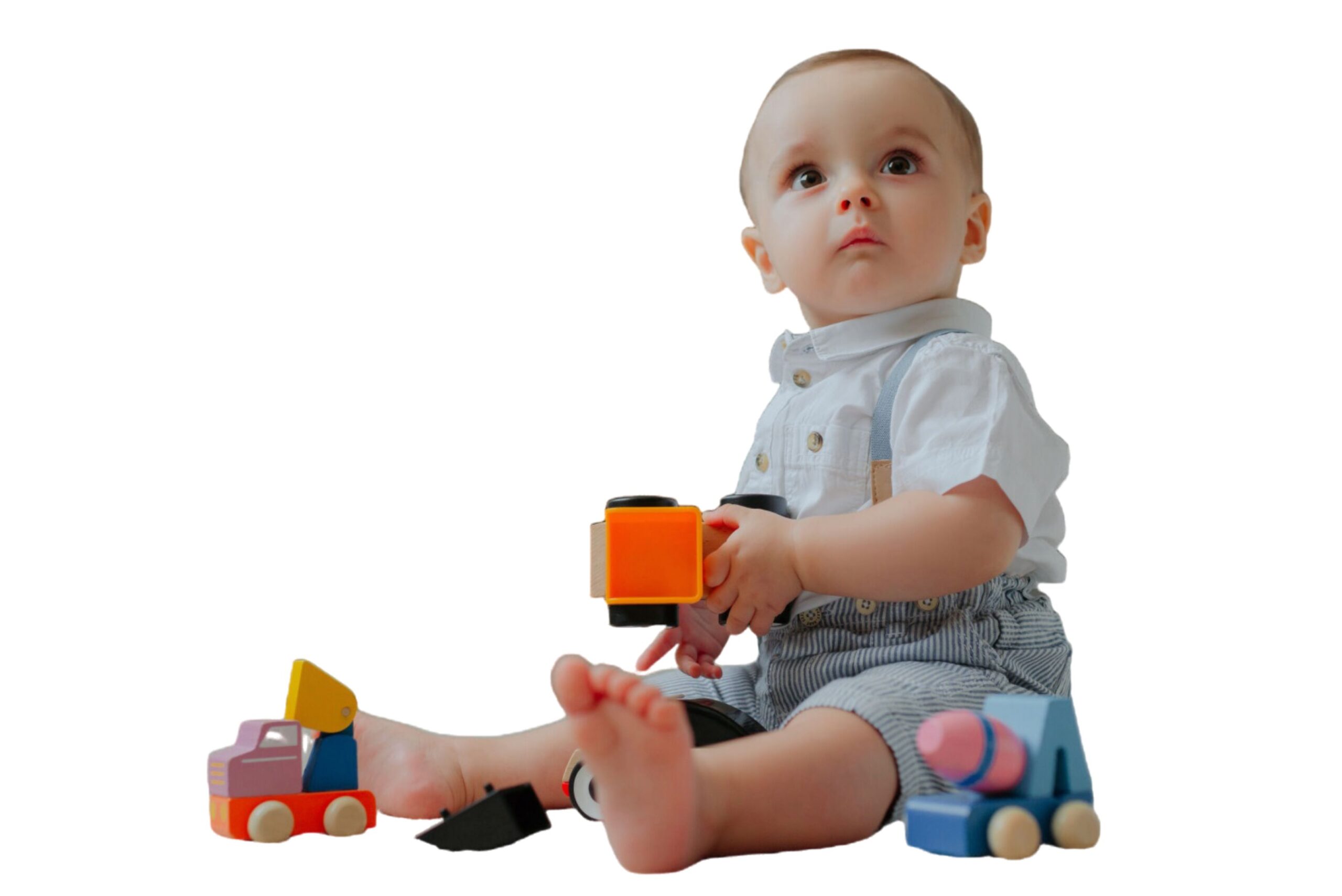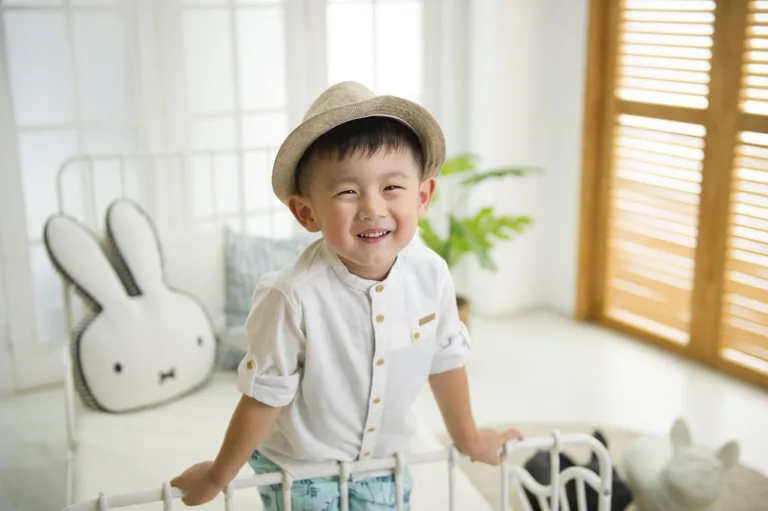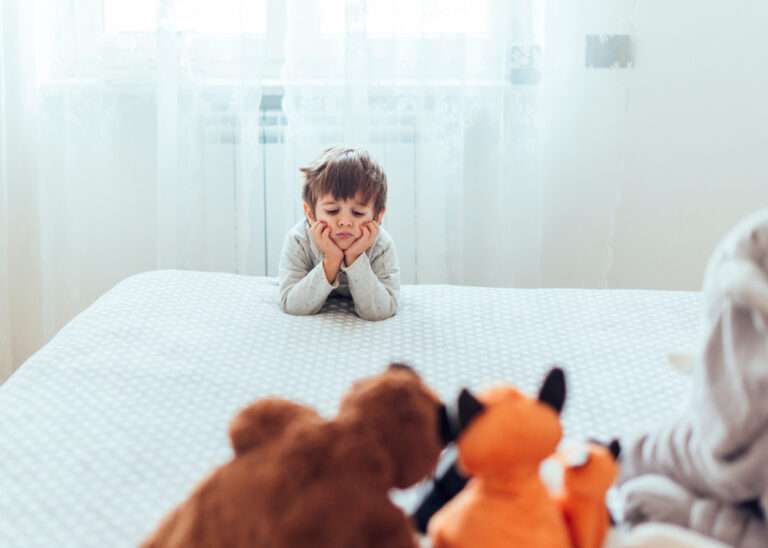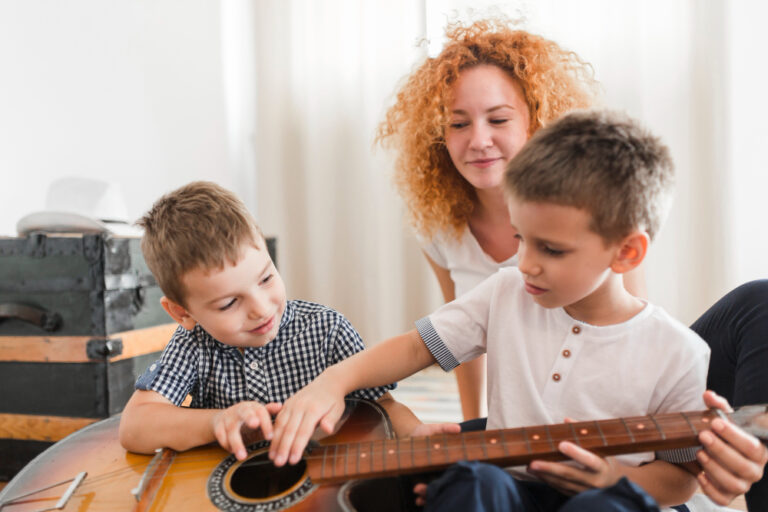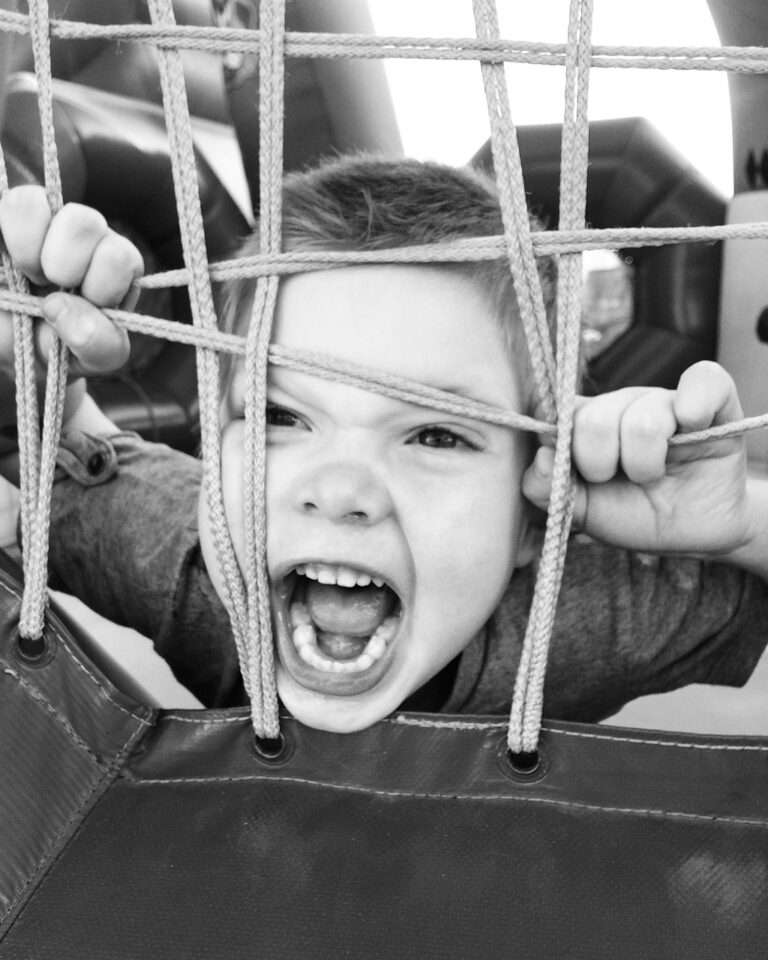Complete Guide to Potty Training Your Toddler
Potty training is an important developmental milestone for toddlers and a big step toward independence. While many parents look forward to this transition, it can also be daunting to know when and how to start. Based on trusted sources like the American Academy of Pediatrics (AAP) and the Mayo Clinic, this guide will help you recognize when your child is ready for potty training and outline effective methods for success.
Understanding Potty Training Readiness
Potty training readiness varies from child to child, with most children ready between 18 to 24 months. However, some may not be ready until they are 3 years old. Starting too early can lead to frustration and setbacks, so it’s crucial to look for signs that your toddler is ready. Here’s what pediatric experts recommend watching for:
Physical Signs of Readiness
- Dry Diaper for Longer Periods: If your toddler can stay dry for at least two hours during the day or wake up dry after naps, it suggests they are beginning to develop bladder control.
- Regular Bowel Movements: A predictable pattern of bowel movements, especially at certain times, can make the process easier.
- Ability to Sit on the Potty Comfortably: If your child can sit comfortably on the potty for a few minutes without fidgeting, they may be ready.
Behavioral Signs of Readiness
- Following Simple Instructions: Potty training involves following basic instructions, like sitting on the potty or washing hands.
- Interest in Toilet Activities: If your child shows interest in observing family members or tries to imitate bathroom habits, this can signal readiness.
- Discomfort with Dirty Diapers: A sign of maturity is when toddlers dislike the feeling of a wet or soiled diaper and want it changed quickly.
Cognitive Signs of Readiness
- Ability to Communicate Needs: Using words to express the need to go or understanding phrases like “pee” or “potty” is key.
- Understanding Cause and Effect: If your toddler starts connecting sensations with the need to go, this is a good sign of cognitive readiness.
- Ability to Sit and Focus: Potty training requires sitting still for a few minutes, so readiness includes patience.
If your toddler shows most of these signs, it may be time to introduce the potty.
How to Start Potty Training Your Toddler
Once your child seems ready, here are step-by-step potty training strategies to help you get started:
1. Introduce the Concept Gradually
The first step is helping your child understand what the potty is for. Here’s how you can do it:
- Explain the Purpose: Talk about the potty in simple terms and let them know it’s where they’ll go instead of their diaper.
- Observe Family Members: If comfortable, let your child observe family members using the toilet. Modeling can make them feel more confident about trying it themselves.
- Use Storybooks and Toys: Books with colorful illustrations or dolls that have a “potty” feature can be effective tools for introducing the concept of using the toilet.
2. Choose the Right Potty Equipment
Having a child-friendly potty can make the process smoother. You may choose between:
- Standalone Potty Chairs: These are low to the ground and don’t require climbing or balancing. They are ideal for younger toddlers.
- Toilet Seat Attachments: This option sits on top of the regular toilet seat, making the experience more similar to an adult’s. They work well for older toddlers who feel comfortable climbing up with a stool.
Involve your child in selecting their potty if possible, as this can increase their excitement and sense of ownership.
3. Set a Routine
Creating a routine will help your toddler get used to the process:
- Start with Predictable Times: Encourage your child to sit on the potty at times when they’re likely to go, such as after waking up, after meals, and before bedtime.
- Encourage, Don’t Force: Let them sit on the potty for a few minutes without any pressure. If they want to get up, let them; forcing them to stay could create negative associations.
- Celebrate Consistency: Make it a regular part of the day. Even if they don’t go every time, this consistency will help build the habit.
4. Encourage Positive Reinforcement
Potty training should be a positive experience, so consider these reinforcement strategies:
- Praise and Celebrate: Clap, cheer, or use phrases like “Great job!” when your child tries sitting on the potty or uses it successfully.
- Sticker Charts or Rewards: Some parents use a simple reward system, such as stickers on a chart or small treats, to motivate their child.
- Avoid Punishment for Accidents: Accidents are a natural part of potty training. Remind your child that it’s okay, and encourage them to try again next time.
5. Teach Good Hygiene Habits Early
Hygiene is an essential part of potty training. Instill these habits from the beginning:
- Wiping: Teach your child to wipe front to back, especially important for girls to avoid infections.
- Flushing: Encourage them to flush each time they go, which reinforces the process.
- Handwashing: Make handwashing part of the routine after every potty visit, using soap and warm water for at least 20 seconds.
Tips for Successful Potty Training
Even with a plan, potty training can take time. Here are additional tips to make the journey smoother:
Be Patient and Flexible
Each child is different, and potty training may take weeks or even months. Some days will be better than others, and that’s okay. Be flexible and ready to adapt to your child’s pace.
Stay Consistent but Adaptable
While a routine is helpful, adaptability is equally important. Some days, your toddler might not feel like using the potty, and it’s essential not to pressure them. If they have an accident, reassure them calmly.
Avoid Stressful Times for Training
Life events like moving, a new sibling, or starting preschool can add stress, making potty training harder. It’s best to start training when things are relatively calm.
Make Potty Training Fun
Try to make potty training enjoyable by incorporating play:
- Games and Songs: Make up a potty song, or play a short, fun song while they’re sitting.
- Special Toys or Books: Keep special toys or books near the potty that they can only use during potty time. This can make sitting on the potty feel like a treat.
Nighttime Training Comes Later
Daytime and nighttime dryness are separate skills. Focus on daytime training first; once they consistently stay dry during the day, you can think about night training. Keep a waterproof mattress cover handy and know that nighttime dryness can take longer to master.
Handling Common Potty Training Challenges
As your child learns to use the potty, challenges may arise. Here’s how to handle some common issues:
Resistance or Refusal to Use the Potty
It’s normal for some toddlers to resist potty training. Here’s what to do if this happens:
- Back Off and Try Later: If your child is consistently resistant, they may not be fully ready. Wait a few weeks and try again.
- Offer Choices: Give your child some control by letting them choose their potty or training underwear. Sometimes, a little independence can encourage cooperation.
- Stay Positive: Use encouraging words and focus on celebrating small successes, even if they’re reluctant to try.
Regression After Progress
Many toddlers experience regressions, especially during changes or stressful times:
- Maintain Patience: Regressions are often temporary, so reassure your child calmly and maintain a consistent routine.
- Offer Extra Support: Provide comfort and let them know it’s okay. They may just need extra time.
Dealing with Accidents
Accidents are a normal part of potty training, and handling them positively is essential:
- React Calmly: Avoid showing frustration. Instead, offer gentle reminders about using the potty next time.
- Encourage Self-Care: Let them help clean up, which reinforces responsibility without shame.
When to Seek Help from a Pediatrician
If your child is past age 3 and shows little interest in potty training or if they experience extreme resistance or fear, it may help to consult a pediatrician. Medical conditions can sometimes cause potty training difficulties, and a pediatrician can provide guidance or refer you to specialists if needed.
Conclusion
Potty training is a significant step for both toddlers and parents, involving patience, consistency, and encouragement. Every child is unique, so following their cues and being flexible will help make the process smoother. By waiting until your child is ready, using positive reinforcement, and maintaining a routine, you can make potty training a successful and rewarding experience.
Remember, this process takes time, and each child’s path will be different. Embrace the journey, celebrate small victories, and don’t hesitate to reach out to your pediatrician if you have concerns. Soon, your toddler will achieve this milestone and feel proud of their newfound independence.
------------From our Sponsors------------

